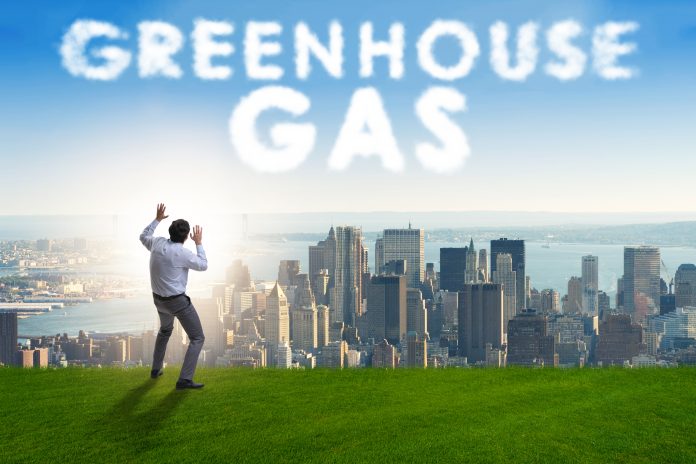General Director for Climate Action at the European Commission, Mauro Petriccione explains how the EU climate policy on fluorinated greenhouse gases is working and what its future holds
Under the European Green Deal, the European Union is committed to reducing greenhouse gas emissions by at least 55% by 2030 compared to 1990, and reaching net climate neutrality by 2050. Emissions from fluorinated gases (F-gases) are an important part of this effort, as they have a warming effect up to 22,800 times greater than the same amount of CO2. An ambitious plan to cut F-gas emissions is, therefore, key to achieving the EU’s climate objectives in the years ahead.
A stitch in time saves nine
F-gases currently account for around 2.5% of all EU greenhouse gas emissions. Reaching net climate neutrality by 2050 requires us to all but eliminate F-gas emissions by then. But action is required now. The F-gases in question are currently used for many applications, such as cooling equipment, heat pumps and electrical switchgear. The gases can be emitted during the useful lifetime of the products and once they enter the waste stream. Moreover, these kind of appliances tend to have long lifetimes, up to 50 years in some cases, and so could still be around in 2050 if sold new today. The best way forward, therefore, is to stop using F-gases now to avoid further harm down the road. In parallel, ambitious EU energy efficiency standards seek to minimise the energy use of these appliances.
A successful EU F-gas policy
The EU adopted its second F-gas Regulation in 2014. Alongside EU rules covering refrigerants in air-conditioning in cars, the Regulation is expected to reduce EU F-gas emissions by two thirds by 2030. Without these measures, F-gas emissions in the EU would otherwise have doubled.
The most important measure in the Regulation is the quota system for hydrofluorocarbons (HFCs). The so-called “HFC phase-down” is gradually reducing the amount of new hydrofluorocarbons available on the EU market. The cap will achieve a 79% cut in the supply of new HFCs by 2030 compared to 2015. Importers and producers of hydrofluorocarbons are not allowed to exceed their quotas and need a licence to import the gases.
Reduced supply of HFCs has seen EU prices rise above those on the world market. This increase has been a significant driver for innovation and the replacement of the highly warming HFCs. For many types of refrigeration equipment, the use of HFC alternatives has become the new normal in the EU, and Europe holds a leading position in many climate-friendly technologies.
For processes and appliances that continue to need F-gases, rigorous emission prevention measures are in place. For instance, equipment must be checked for leaks and serviced by certified technicians.
As of 2015, EU F-gas emissions began to decline after a decade of year-on-year increases. In addition, the adoption of the EU F-gas Regulation played a key role in achieving the 2016 global agreement to phase down HFCs under the Montreal Protocol on substances that deplete the ozone layer. Researchers estimate that this global phase-down alone may prevent a temperature rise of up to 0.4°C by the end of the century. So far, so good.
Leading by success
To capitalise on the innovation and technical developments brought about since the 2014 Regulation, the European Commission is planning to propose changes to the F- gas rules by the end of 2021. These changes will aim to further increase ambition, and cut down the use of these gases even more, in line with the EU’s climate objectives. They also aim to ensure long-term compliance with the HFC obligations under the Montreal Protocol, and to put in place more effective enforcement of the rules in the 27 EU Member States. Based on the Commission’s proposal, the European Parliament and the EU Member States in the Council will then negotiate the final EU F-gas rules.
A strengthened EU F-gas policy will make climate-friendly solutions even more competitive in the EU and provide manufacturers with the market opportunity they need to invest. Europe getting greener solutions onto the market will make it easier for other countries to follow suit and will facilitate the fulfilment of their own commitments under the Montreal Protocol and the Paris Agreement on Climate Change. The success of the EU’s F-gas policy is clear, and it is set to continue driving progress in Europe and around the world.











